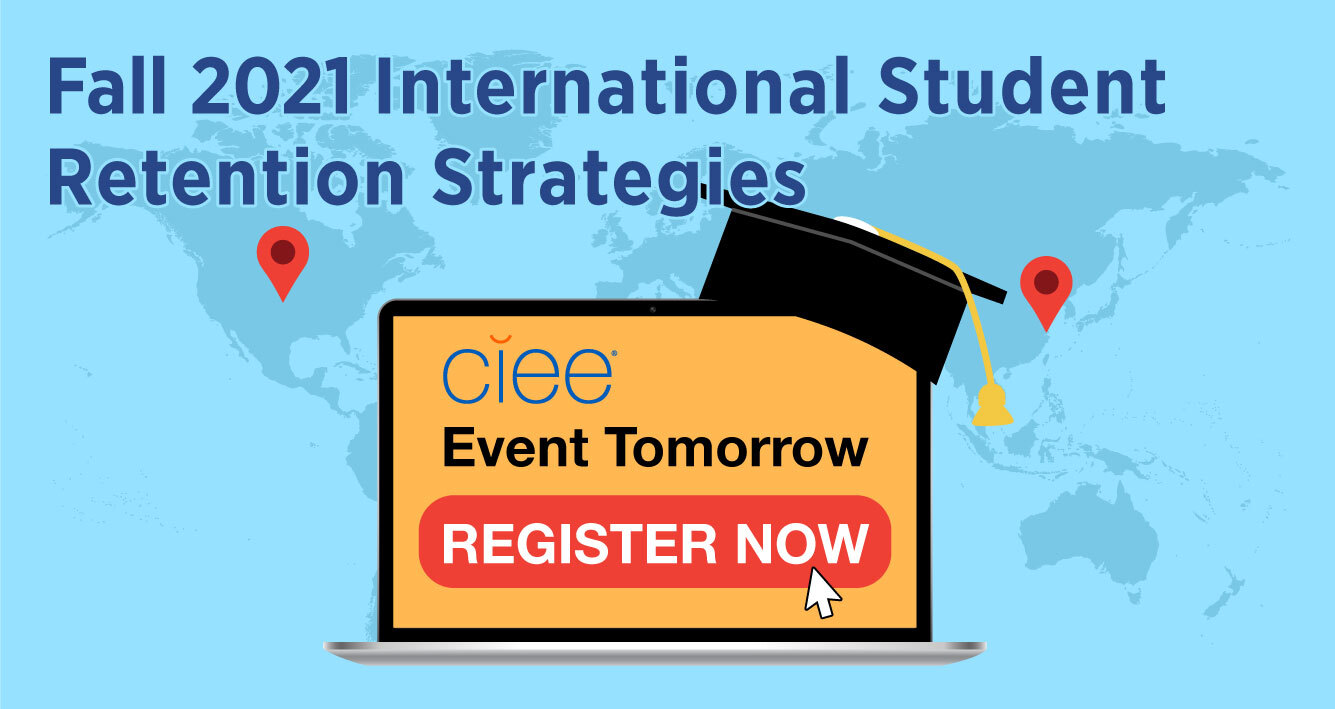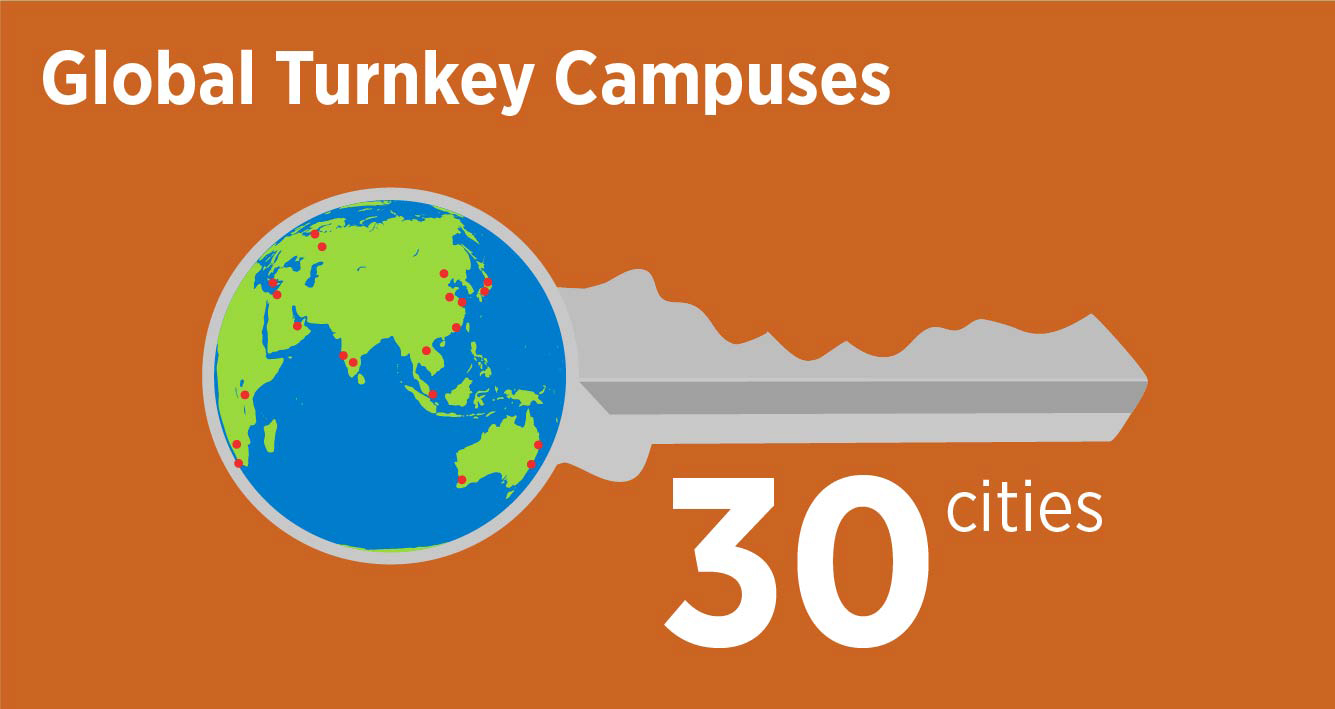The course of Chinese student recruitment never did run smooth.
And in the last year, your institution’s road to recruiting, enrolling, and retaining students from one of the most complex international markets was bumpier than ever. Can we get our visa offices back, please?
Miraculously, despite the setbacks of the pandemic year, Chinese demand for a US education remains. Our upcoming market research with WholeRen Education (surveying 20,000+ Chinese parents) will shed some light on how the US brand identity is enduring and where your institution needs to focus to succeed in today’s Chinese enrollment market.
Perhaps allow yourself a brief sigh of relief—but it’s not time to rest. (It rarely is).
There’s still work to be done to keep your institution strong in this new, more flexible, post-pandemic reality. And later this month, you’ll hear from those leading the charge (and learn from their successes) at our webinar event: Your Students. Your Programs. In China: Creating US-Style Classrooms for Your Chinese Students.
Your event pre-registration will also pre-register you for a copy of our upcoming Chinese Market research.
At the event (date coming soon), we'll be interviewing several amazing resources for you about strategy, market insights, and powerful new program options to help your institution shore up both near-term and long-term enrollment in the Chinese market. We'll be talking about how 10 different universities managed their fall 2020 Chinese student enrollment and what they are doing to continue their success in 2021 and beyond.
Speakers will include:
- Brad Farnsworth, former Vice President for Global Engagement at the American Council on Education (and a member of the Intead Research Advisory Board)
- Seamus Harreys, CIEE Vice President for Global Engagement
More than 2,100 Chinese students studied in US-style classrooms in China during fall 2020 and spring 2021. The CIEE team helped each of them make it happen. Now, many institutions are working toward a longer term vision building a bridge between China and their US campuses. You can learn from their experience.
Read on for a preview of the valuable perspectives to be shared in the webinar.
Read More









